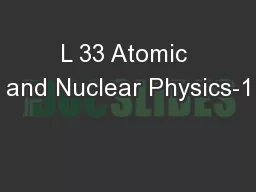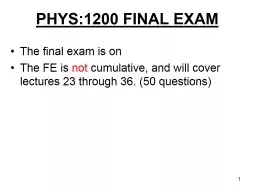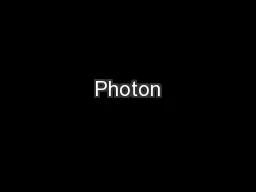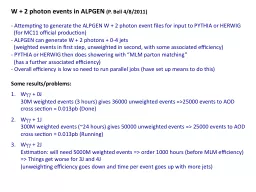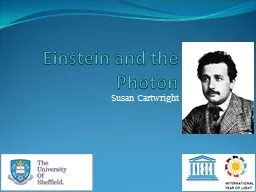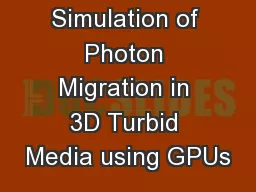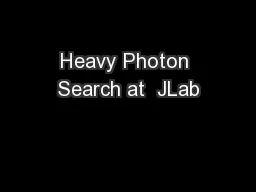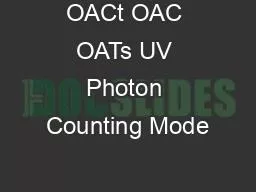PPT-Two photon physics
Author : jane-oiler | Published Date : 2016-04-20
with forward detectors Beata Krupa Leszek Zawiejski Institute of Nuclear Physics Polish Academy of Sciences 22nd FCAL Collaboration Workshop 29 April 2013 Cracow
Presentation Embed Code
Download Presentation
Download Presentation The PPT/PDF document "Two photon physics" is the property of its rightful owner. Permission is granted to download and print the materials on this website for personal, non-commercial use only, and to display it on your personal computer provided you do not modify the materials and that you retain all copyright notices contained in the materials. By downloading content from our website, you accept the terms of this agreement.
Two photon physics: Transcript
Download Rules Of Document
"Two photon physics"The content belongs to its owner. You may download and print it for personal use, without modification, and keep all copyright notices. By downloading, you agree to these terms.
Related Documents

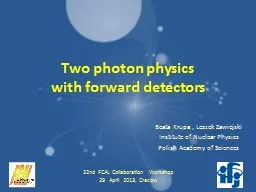
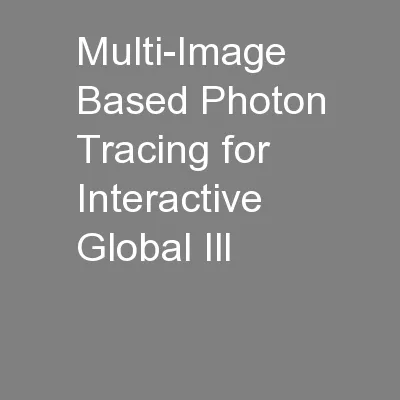
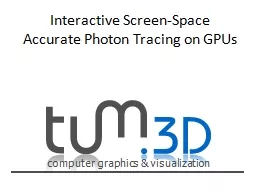
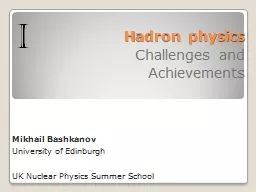
![L 33 Modern Physics [1]](https://thumbs.docslides.com/365272/l-33-modern-physics-1.jpg)
